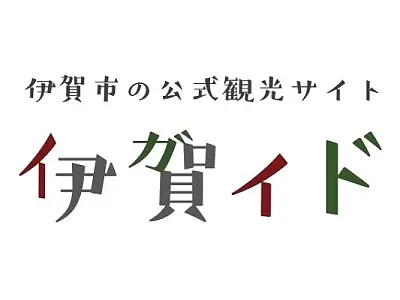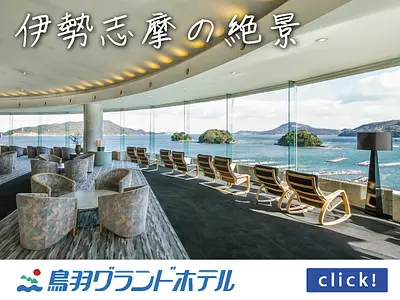We experienced traditional IgaKumihimoBraids making and Iga-Yaki pottery!
掲載日:2016.12.10
We experienced "IgaKumihimoBraids making", which is famous for IgaCity 's experience menu, and Iga-Yaki pottery making experience!This time, I will report on two of them. We experienced making IgaKumihimoBraids and made keychains and straps at Hirosawa Tokusaburo Kobo, a long-established store founded in 1901, located in downtown Iga Ueno. IgaKumihimoBraids are now used in everyday items such as obijime and neckties. I tried my hand at making Iga-Yaki pottery at the Iga-Yaki Traditional Industry Center. Here you can receive direct instruction from a potter.
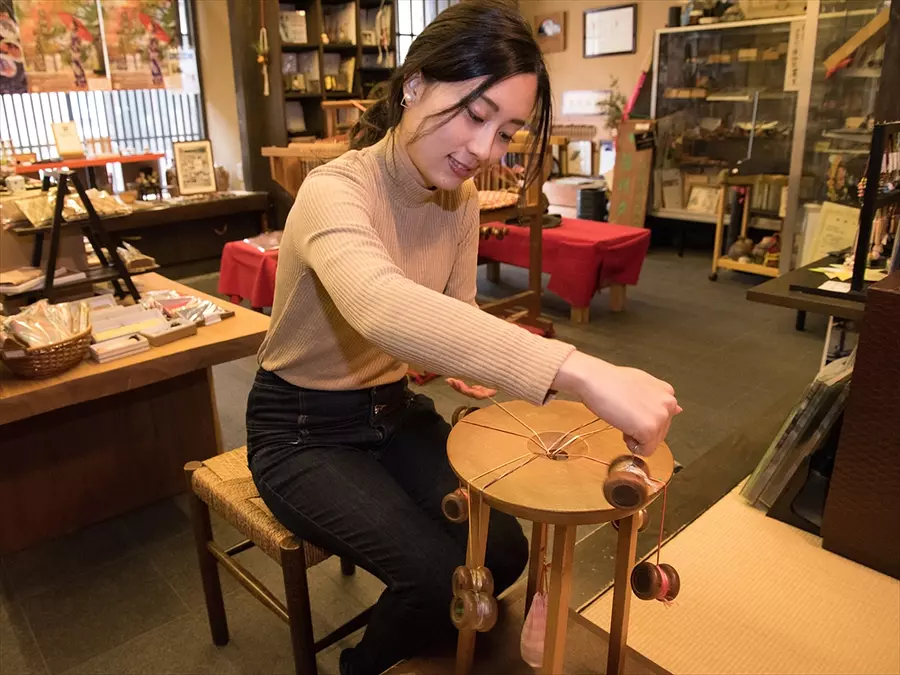
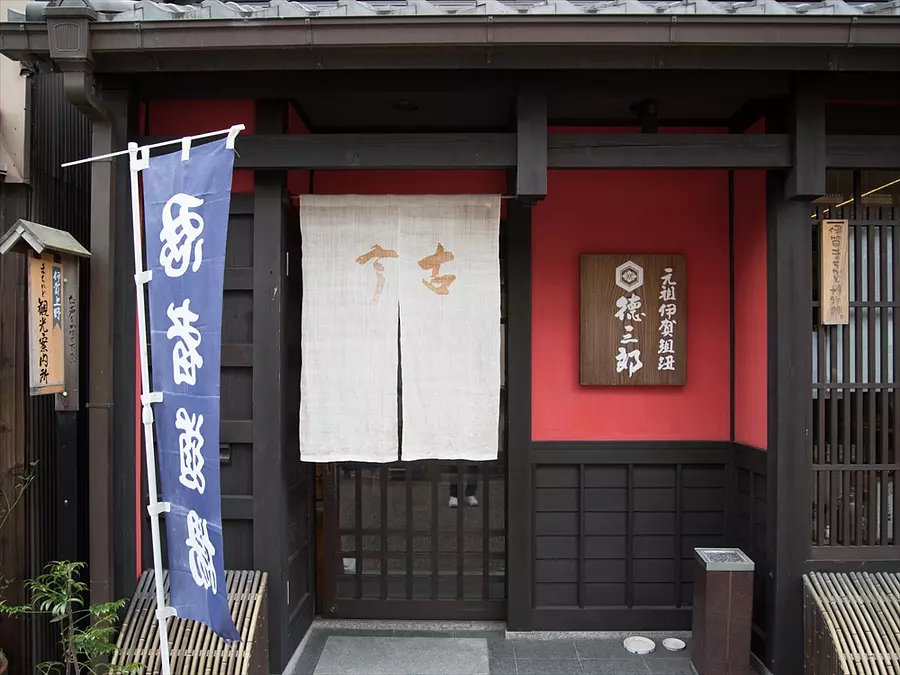
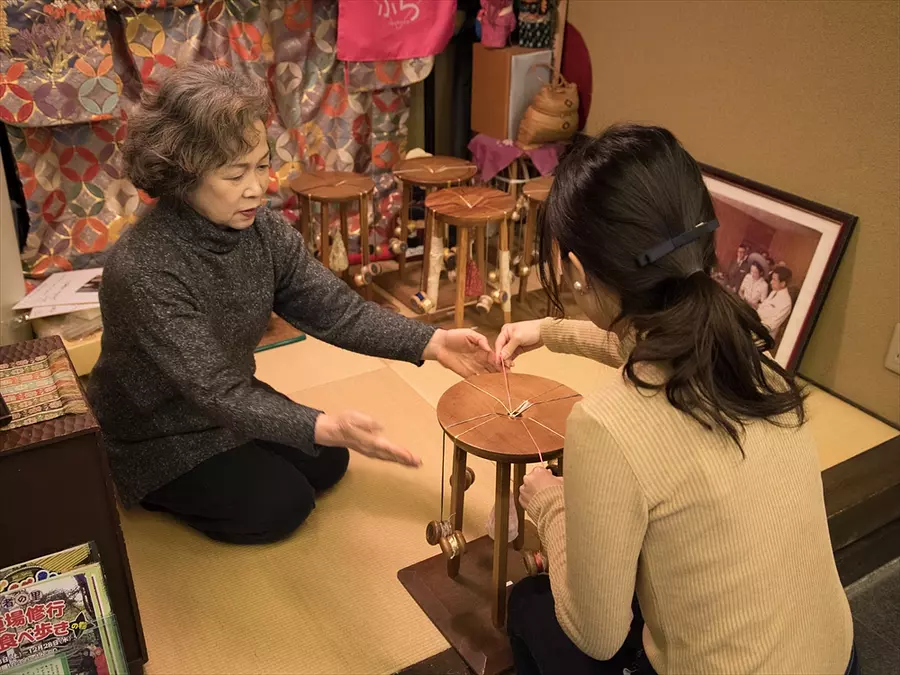
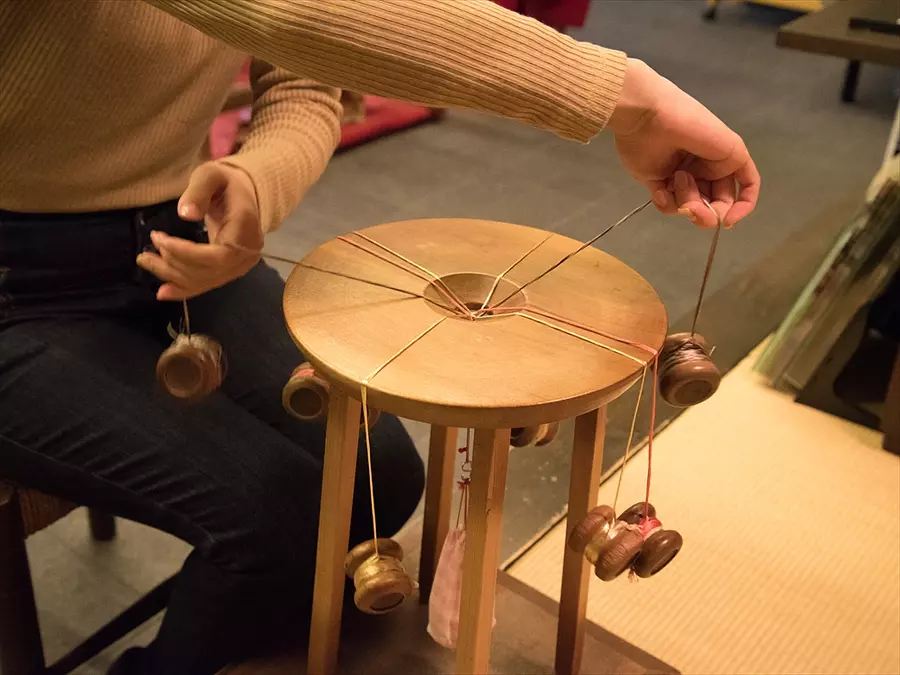
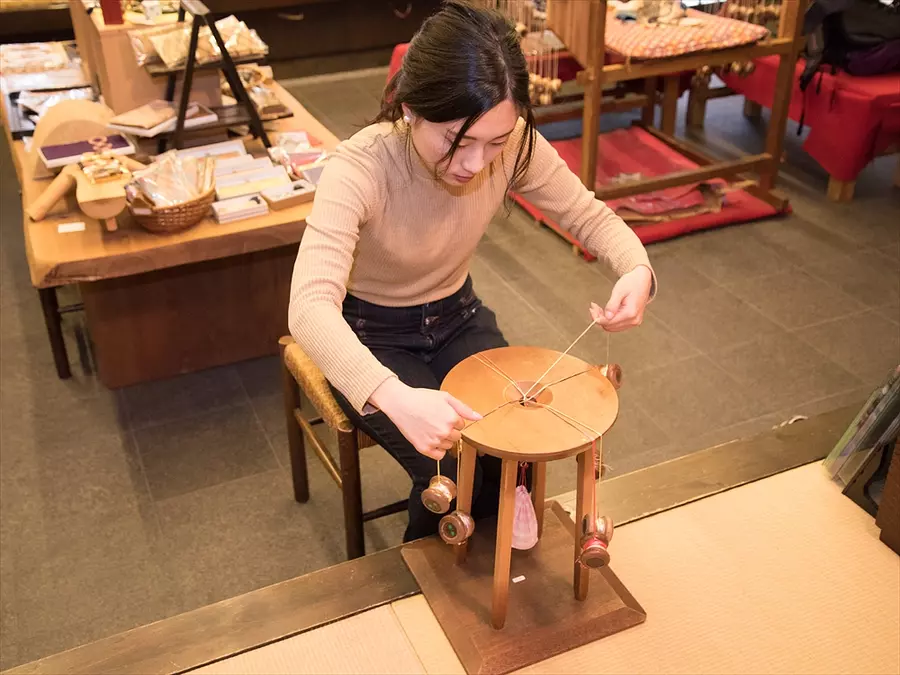
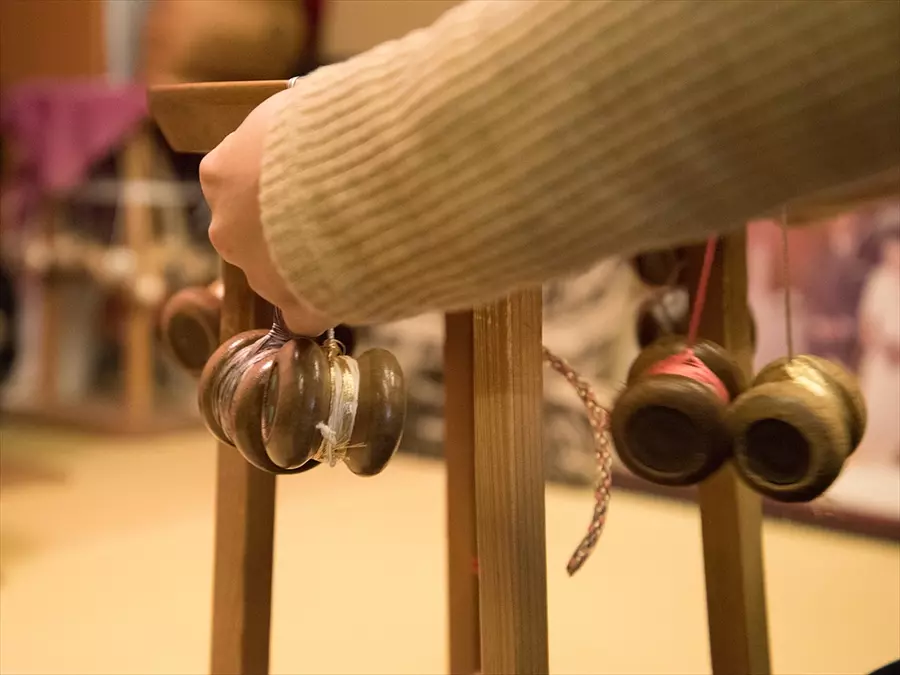
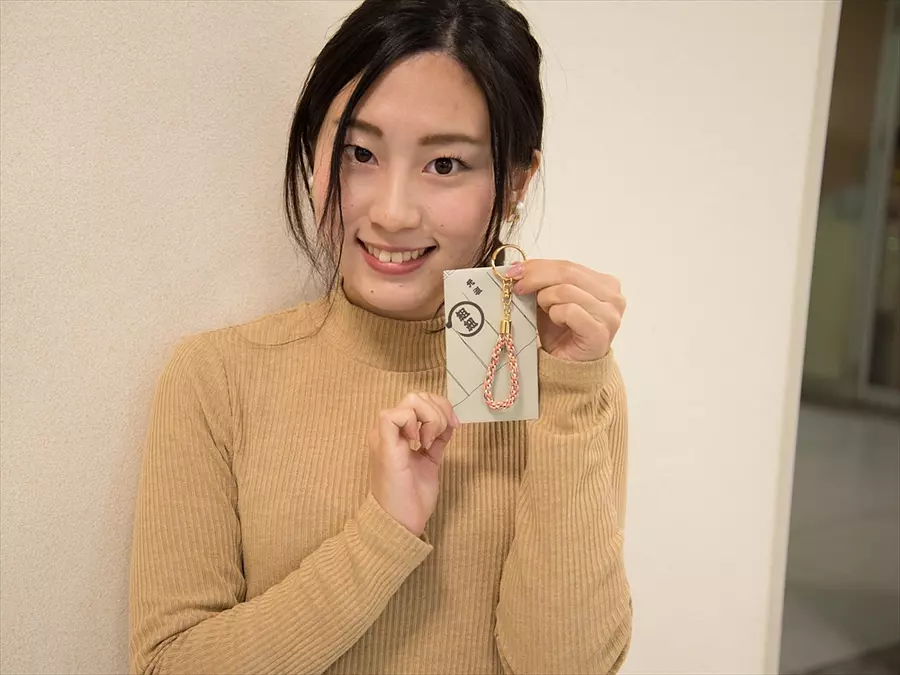
Advance reservations are required for this experience, so if you are interested, please be sure to contact the store.
Trial fee: 1,000 yen per person (tax included)
Address: 3635-1 Ueno Nishi Otemachi IgaCity 518-0878
Phone: 0595-21-1127 (Tokusaburo Hirosawa Studio)
Official URL: http://www.ict.ne.jp/~toku-3/
Business hours: 10:00-17:00
Closed days: Irregular holidays
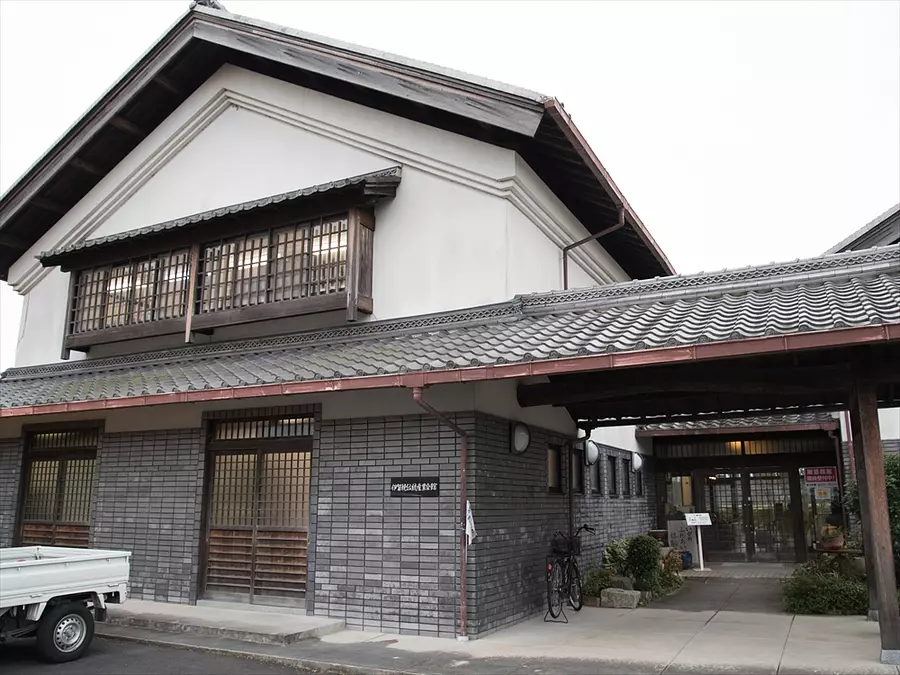
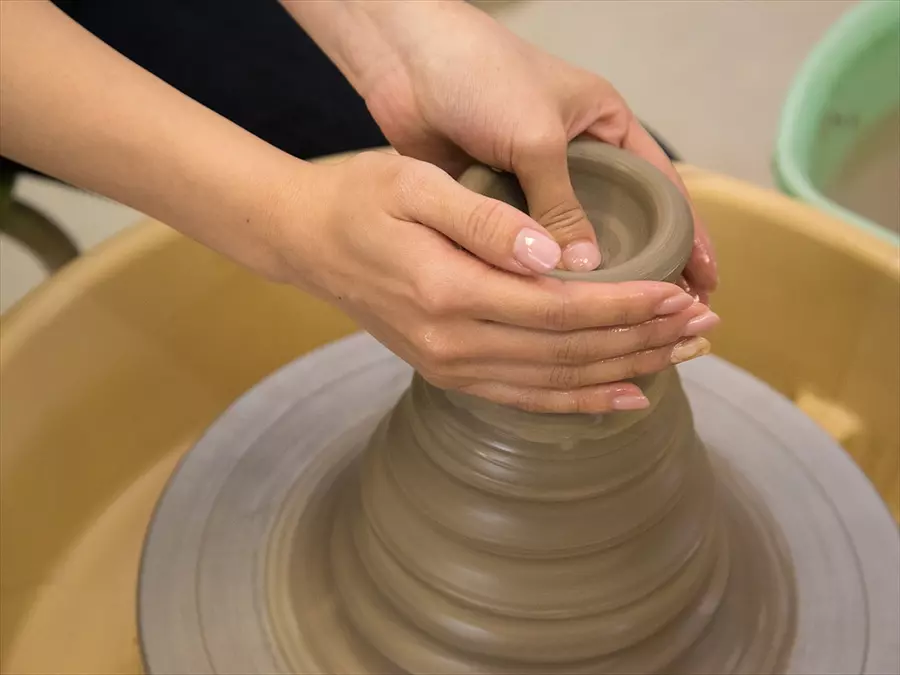
This time it's an electric potter's wheel experience. The time required is approximately 1 hour.
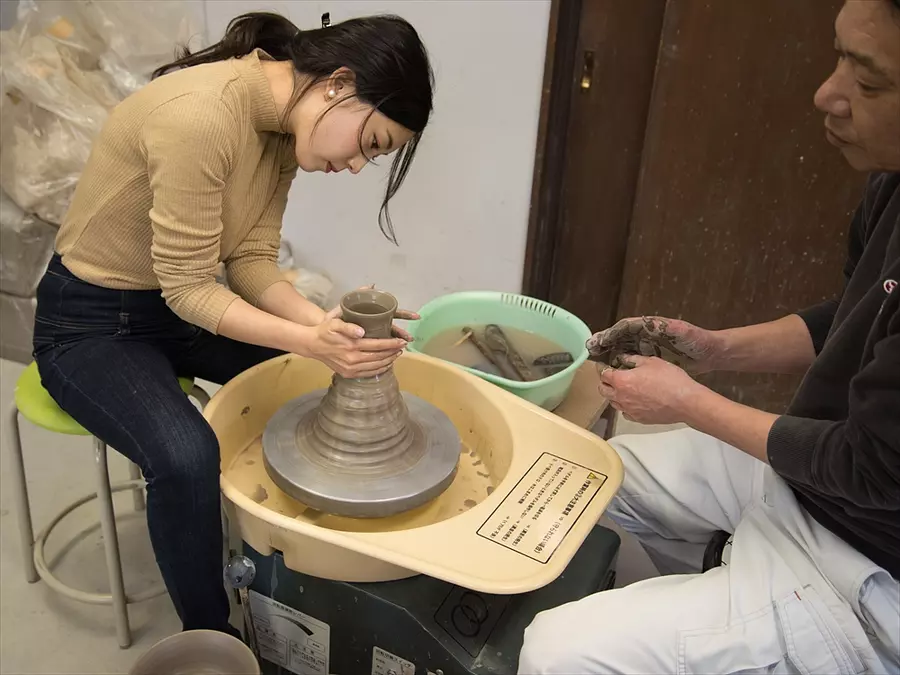
It requires fine hand movements, but don't worry if you make a mistake, you can recreate it.
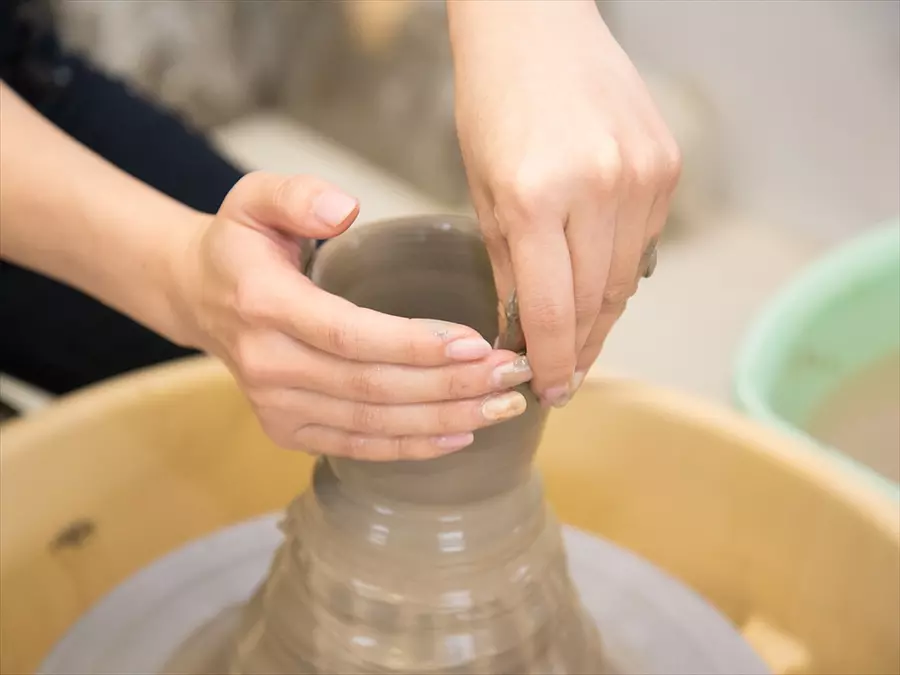
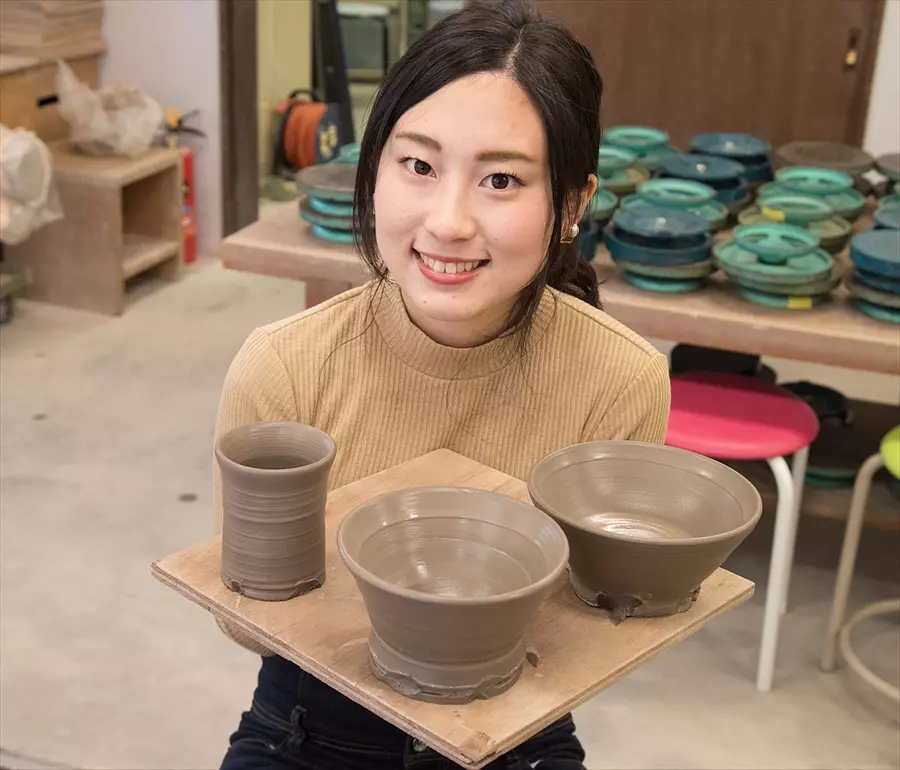
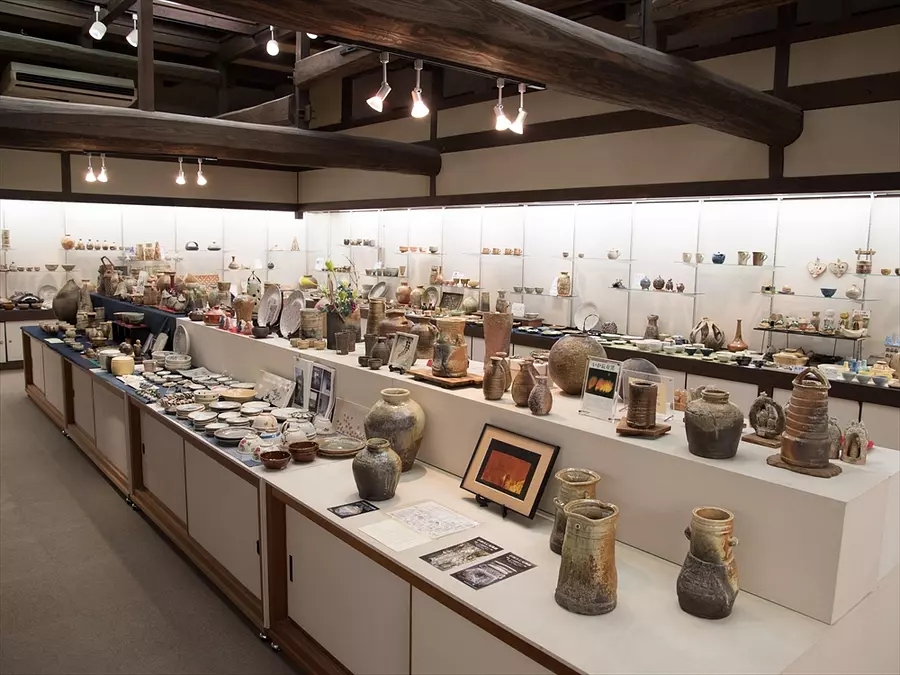
I was interested in the small fried egg pottery.
Trial fee
Pottery making course 1,296 yen (includes firing fee for 500g clay)
Pottery making course 2,160 yen (includes firing fee for 1 kg of clay)
Pottery making (electric potter's wheel) course 3,240 yen (includes firing fee for 1 kg of clay)
Painting course 1,080 yen (includes cup or plate firing fee)
*Price as of July 1, 2018
Address: 169-2 Marubashira, IgaCity 518-1325
Admission fee: 200 yen for adults, 100 yen for junior high and high school students
Phone: 0595-44-1701 (Iga-Yaki Traditional Industry Hall)
Official URL: http://www.igayaki.or.jp/
Business hours: 9:00-17:00
Closed: Mondays, holidays (if Monday is a holiday, the museum will be closed the next day), December 29th to January 4th
Access by car: ・15 minutes by car northwest from Meihan National Highway “Mibuno IC”
Parking: Free (20 regular cars, 2 microbuses/large buses)
*Please note that the content of the article is current as of November 2016.
Related spots
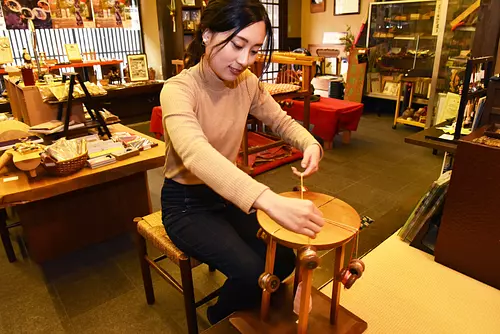
The original IgaKumihimoBraids shop of Tokusaburo Hirosawa
Iga
IgaCityKumihimo is one of Japan's outstanding crafts with a long tradition. Kumihimo, which began to be made in Japan after the Nara period, was used for sutra scrolls, scrolls, armor, and sword strings, and later changed from weapons to obijime due to the sword banning order of the Meiji Restoration. . IgaKumihimoBraids began in 1901 when the first generation Tokusaburo Hirosawa learned the braiding techniques and techniques that had remained in Edo and brought them back to this area to open a business. In 1975, it was designated as a national traditional craft and has been passed down from generation to generation until today. We hope you will enjoy Tokusaburo's braided cord, which conveys the graceful art of thread and the scent of high-class tradition, created by the refined spirit and skill of traditional craftsmanship.
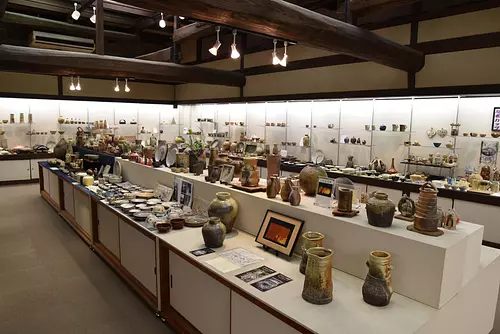
Iga-Yaki Traditional Industry Hall
Iga
IgaCityIga-Yaki developed as a full-fledged pottery from the end of the Heian period to the beginning of the Kamakura period, and came to attract attention as a unique tea utensil during the Momoyama period. Currently, a wide variety of items are being made, including earthenware pots, Yukihira, tableware, and tea pottery, mainly in the Ayama district IgaCity. Pottery making experience...At the Iga-Yaki Traditional Industry Center, there is a pottery class where you can easily enjoy authentic pottery. Even if you are a beginner or a child, there is no problem as the potter will kindly guide you! So why not knead the clay and create your own original work? As part of the experience menu, you can enjoy ``tatara molding'', ``potter's wheel molding'' (electric potter's wheel, hand-turned potter's wheel), ``hand twist molding'', and ``painting''. What is Iga-Yaki Traditional Industry Hall? It is a facility designed to promote Iga-Yaki, a traditional craft, and to ensure the training of successors.It exhibits a wide range of Iga-Yaki, and also installs panels and videos to Iga-Yaki. A comprehensive introduction to historical materials. There is an exhibition room on the first floor, displaying traditional works made by local potteries, everyday vessels, and contemporary works. The second floor is a reference room where panels explaining Iga-Yaki are displayed.

